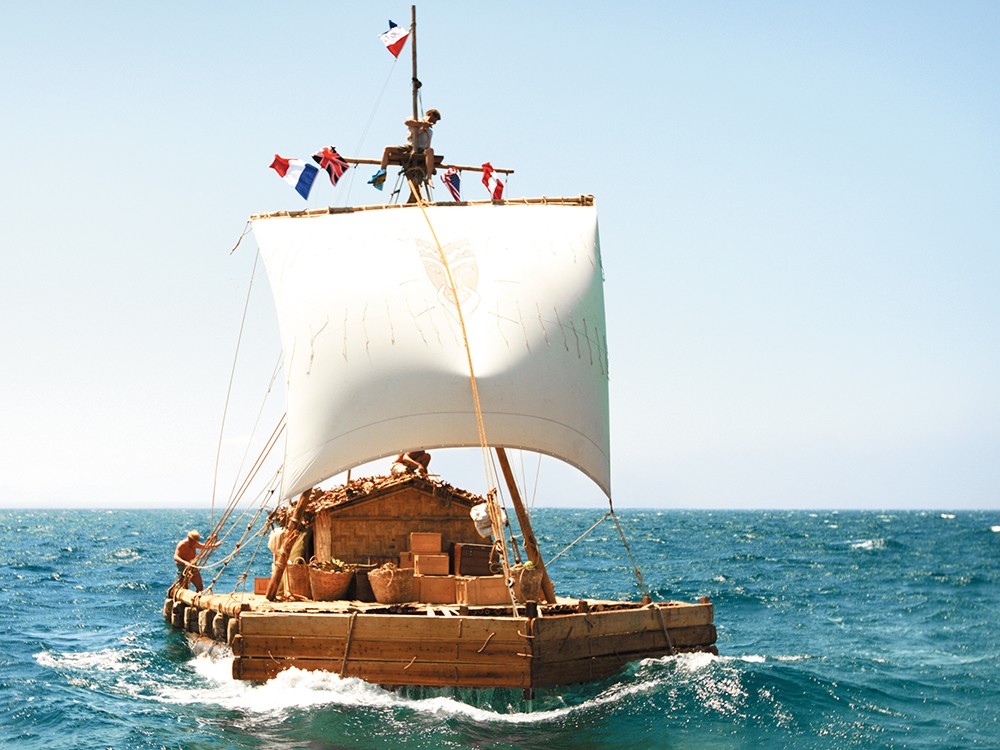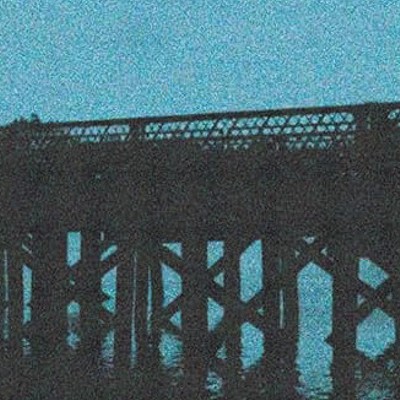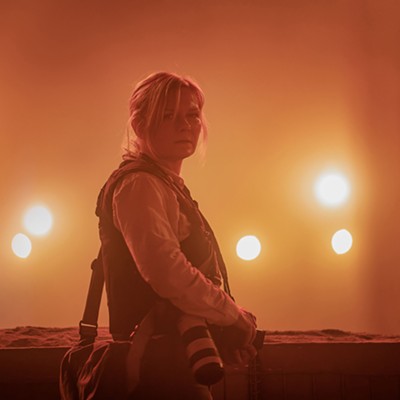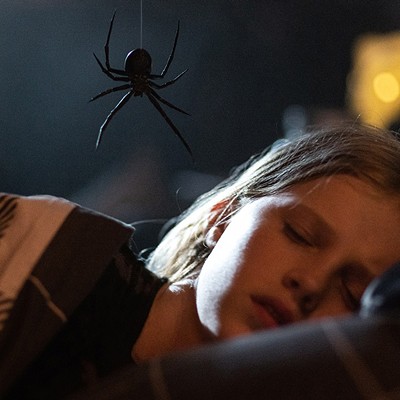I saw the 1950 Oscar-winning documentary Kon-Tiki in elementary school. I can’t recall the details of the film, but do remember some high adventure and a sense of charm.
The Kon-Tiki was a large raft made of balsa, fir, and bamboo, lashed together by hemp rope, with a small cabin to protect its crew from the elements. That crew — four Norwegians, one Swede and a Spanish-speaking parrot — was captained by Norwegian anthropologist Thor Heyerdahl, who set out to prove that the people of Polynesia came to the islands, on balsa rafts, from South America, not, as most theories suggested, from Asia.
Over a period of 101 days in 1947, they floated, pushed only by winds and currents, from Peru to Polynesia. With just the addition of modern-day provisions, cameras and film, and a transmitting-receiving radio, they successfully recreated such a voyage. Heyerdahl was right.
Two Norwegian directors now have made a dramatic film, based on the documentary and Heyerdahl’s book about the voyage, with a few changes in the name of dramatic license. The adventure and charm remain intact.
So we get to see actors’ skin become sun- and weather-beaten, and their stubbly faces slowly get covered by not-very-attractive beards. We meet up with the same creatures the real sailors met: flying fish, a majestic whale shark (perfectly done via CGI).
The only flaws appear when the story veers into dramatic territory that doesn’t need to be here. There’s a side story about Heyerdahl’s wife getting upset over him going on the voyage, played out in long-distance phone calls. One of the sailors, Herman Watzinger, makes a couple of instinctual errors that cause tension on the raft, but were invented by the screenwriter. The pacing is also a bit too slow.
Kon-Tiki was filmed in two languages at once: one take in Norwegian, followed by one in English. The Norwegian version was the result of funding from the Norwegian Film Institute, and a native-language version was one of their requirements. There’s an English version because Heyerdahl, who died in 2002 at 87, made a deal many years ago with producer Jeremy Thomas that the movie would be made in English. The version at the Magic Lantern, of course, is in English.
















